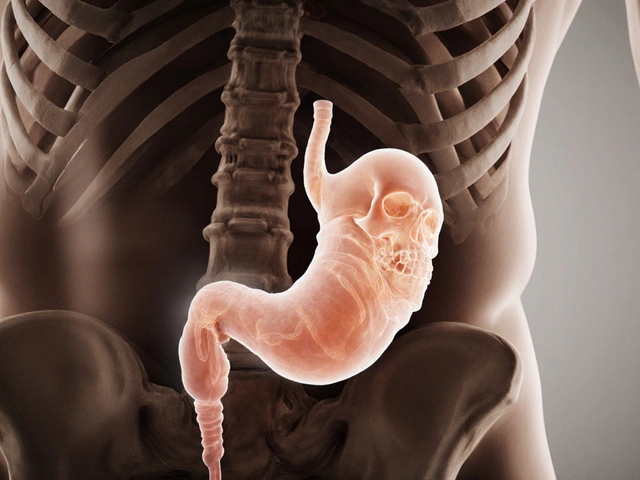Pain After Surgery: What to Expect and How to Manage It
If you’ve just had an operation, feeling sore is normal. Your body is reacting to the cut, stitches, and anesthesia wearing off. Most people notice a dull ache that can turn sharp when they move. Knowing the typical timeline helps you stay calm and act fast if something’s off.
Common Reasons for Post‑Surgical Pain
First, tissue damage triggers inflammation. The swelling puts pressure on nerves and makes the area tender. Second, the anesthetic you received fades, so the natural pain signals start coming back. Finally, moving too soon can strain the healing site, causing spikes in pain. The worst‑case signs are fever, increasing redness, or pain that gets stronger instead of easing after a few days – call your doctor right away.
Safe Ways to Ease the Discomfort
Start with the medicines your surgeon prescribed. Over‑the‑counter options like ibuprofen work well for many, but check if you have heart or stomach issues before using them. If you’re on blood thinners, avoid NSAIDs and stick to acetaminophen as advised.
Non‑drug tricks are just as useful. Ice packs for 20 minutes every hour in the first 48 hours cut swelling. After that, gentle heat can loosen stiff muscles. Light walking, as your surgeon allows, improves circulation and reduces pain later on. Keep the incision clean and dry – infection is a common source of unexpected pain.
Remember the advice from related articles on our site. For example, the piece on “How Many Days of Rest Are Needed After Knee Replacement Surgery?” explains that a short rest period followed by guided movement speeds up healing. Similarly, the guide on “Most Effective Painkillers for Arthritis” highlights which drugs work best without causing heavy drowsiness, a tip you can apply to post‑operative pain too.
Finally, listen to your body. If a certain motion hurts, pause and try a slower version. Use a pillow to support joints while you sit or lie down. Stay hydrated and eat protein‑rich foods to help tissue repair. Most importantly, keep an open line with your surgeon – they can adjust doses or suggest physical therapy if pain lingers beyond the expected window.
By understanding why pain shows up, watching for warning signs, and using a mix of meds, ice, movement, and good wound care, you can get through the recovery period with less hassle. Your body will thank you for the smart choices you make right after the surgery.

Which Surgery Hurts the Most? Ranking the Most Painful Operations Explained
Find out what the most painful surgery is, why it hurts so much, and if there’s a way to prepare for the pain. Here’s what you should really expect from recovery.




